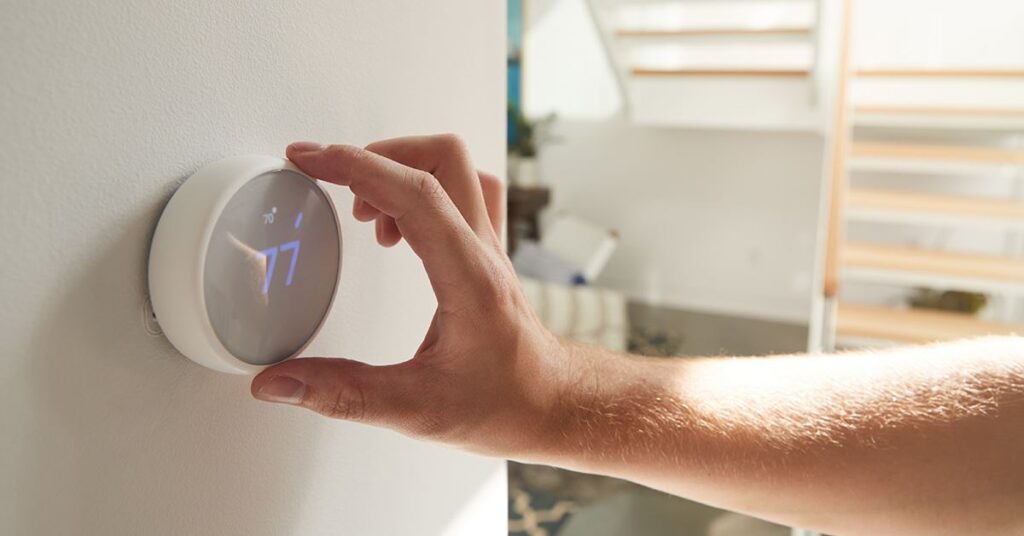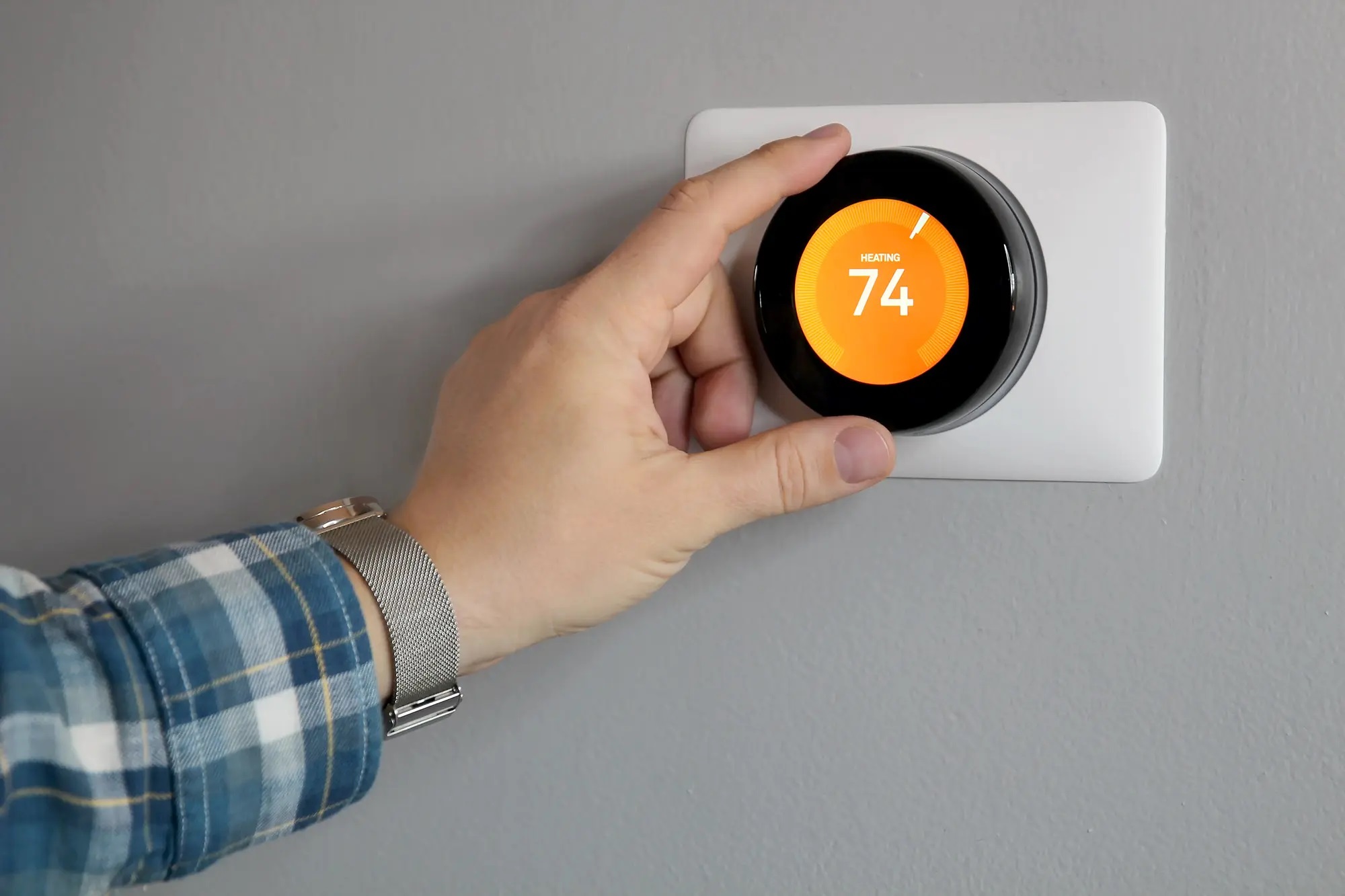
Trying to stay cool during this scorching summer? Pay attention to your thermostat settings. Each adjustment can affect your energy bill significantly. There’s an ideal setting for your thermostat in both summer and winter that can help you save money.
Despite relatively lower gas and electricity prices this year, frequent temperature changes can increase your utility bills. To save on your monthly costs, it’s crucial to set your thermostat to the correct temperature.
Below, we’ll explain the best temperature settings for your smart thermostat to save energy in both summer and winter. We’ll also share some extra tips to manage your home’s climate efficiently and reduce overall usage.
Optimal Summer Temperature Settings
According to the US Department of Energy, the key to staying cool while minimizing costs in summer is to keep your home warmer when you’re away and set the thermostat as high as comfortably possible when you’re home. Energy Star recommends setting your thermostat to 78 degrees Fahrenheit during the day when you’re home.
For maximum savings, set the thermostat to 82 degrees Fahrenheit when sleeping and 85 degrees Fahrenheit when you’re out. While these suggestions have faced some skepticism, even small adjustments can lead to significant savings. If setting your thermostat in the 80s feels too warm, try increasing it by 7 to 10 degrees from your normal setting for eight hours a day to save up to 10% annually.
Optimal Winter Temperature Settings
For winter, the US Department of Energy suggests keeping your thermostat at 68 degrees Fahrenheit during the day. For greater efficiency, lower the temperature by 7 to 10 degrees for eight hours daily. This routine can also reduce your yearly energy costs by up to 10%.
Depending on your schedule and comfort, you can choose to lower the temperature during the day or at night. Many prefer cooler nights for better sleep, while others might find it more practical to reduce heating while they’re at work.
Why Thermostat Settings Matter
In Summer
A common misconception is that setting your air conditioner to a much lower temperature will cool your home faster. In reality, air conditioners can only cool your home to about 15 to 20 degrees cooler than the outside temperature. Setting it lower will not speed up cooling and will only increase your expenses. A higher interior temperature setting slows heat flow into your home, saving energy and money.
In Winter
Setting your thermostat to 68 degrees Fahrenheit in winter may feel cool, but it helps your home retain heat longer. A cooler indoor temperature reduces heat loss, decreasing the energy needed to keep your home comfortable. This leads to energy and cost savings.




